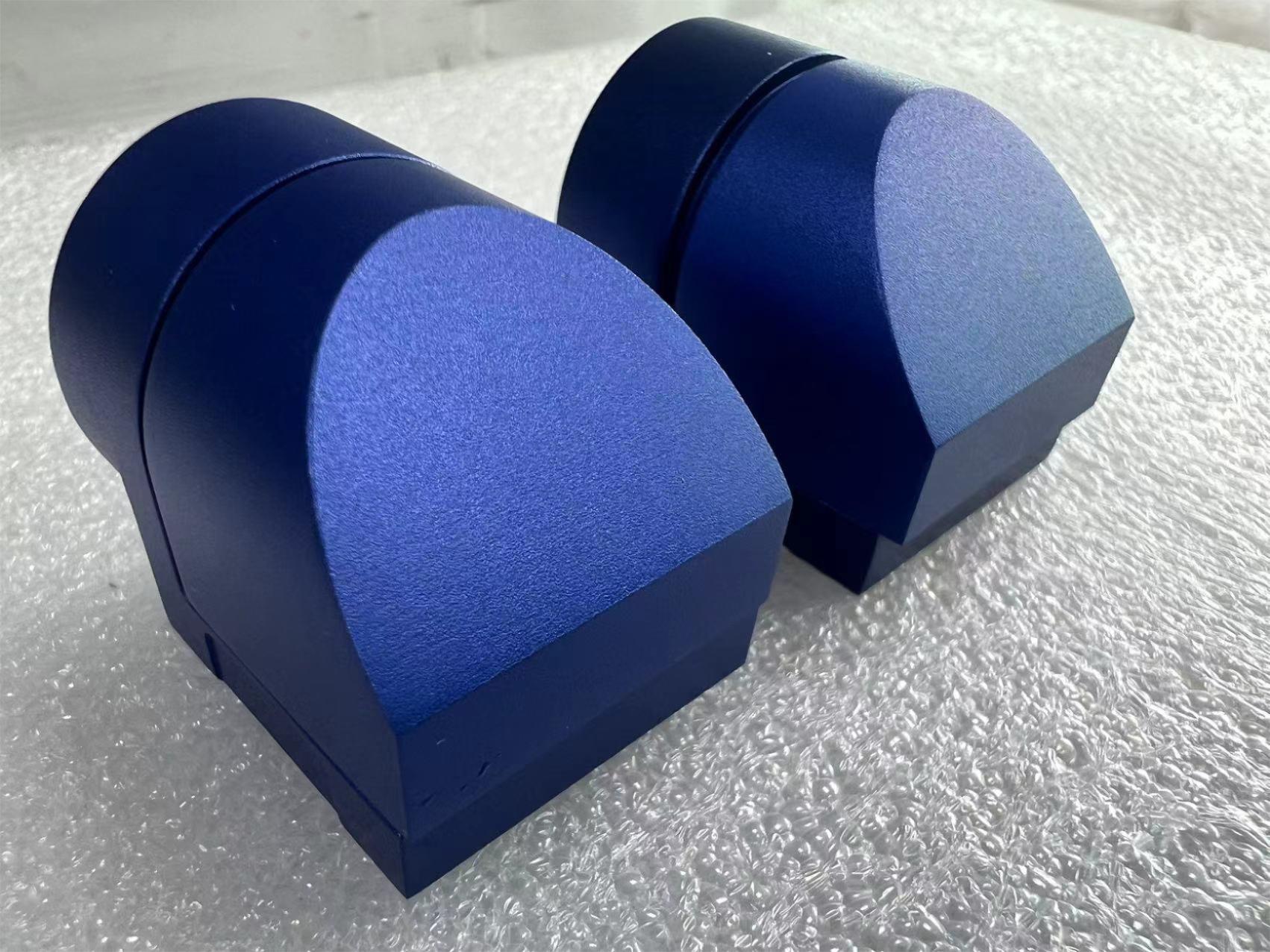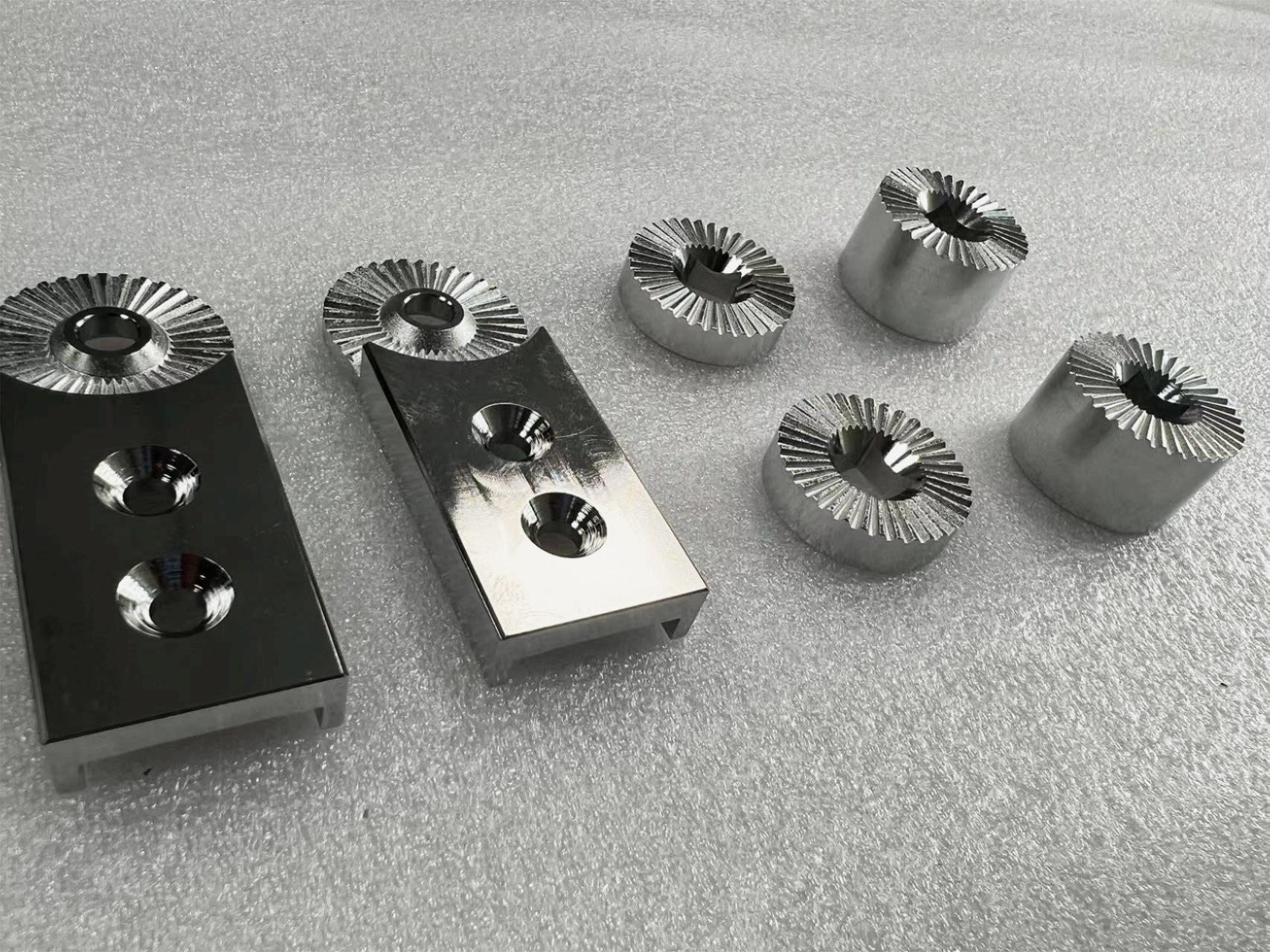Sandblasting
Sandblasting is a process used to clean, strip, or shape surfaces by forcefully propelling a stream of abrasive material against them.
It's commonly used in various industries for tasks like removing paint or rust from metal surfaces, etching designs into glass or stone, or preparing surfaces for painting or coating.
The basic components of a sandblasting setup typically include a blasting machine or cabinet, an abrasive material (such as sand, silica carbide, or glass beads), a blasting nozzle, and an air compressor to propel the abrasive material.
The abrasive material is accelerated through the blasting nozzle by compressed air or other pressurized gases, creating a high-velocity stream that impacts the surface being treated.
1. Prior to coating or bonding, sandblasting can remove all impurities such as rust from the surface of workpieces, and establish a crucial base pattern (commonly known as a matte finish) on the workpiece surface. By changing the abrasive material to different particle sizes, different levels of roughness can be achieved, significantly improving the bonding strength between workpieces and coatings or platings, or making adhesive joints more secure with better quality.
2. For cleaning and polishing of castings, forgings, or workpieces after heat treatment, sandblasting can effectively remove all impurities (such as oxide scales, oil residues, etc.) from the surface and polish the workpiece surface to improve its smoothness. It can reveal a uniform metal color on the surface, enhancing the appearance of the workpiece and serving decorative purposes.
3. For deburring and surface beautification of machined parts, sandblasting can remove tiny burrs on the workpiece surface, making it smoother and eliminating the hazards of burrs, thus improving the quality of the workpiece. Moreover, sandblasting can create small fillets at the junctions of the workpiece surface, making the workpiece appear more attractive and precise.
4. After sandblasting, mechanical parts can have uniformly fine concave-convex surfaces (base patterns), allowing lubricating oil to be stored, thereby improving lubrication conditions, reducing noise, and increasing the service life of machinery.
5. For certain special-purpose workpieces, sandblasting can achieve different levels of gloss or matte finish. Examples include satin finishing of stainless steel workpieces, patterning on frosted glass surfaces, and flocking processing on fabric surfaces.











